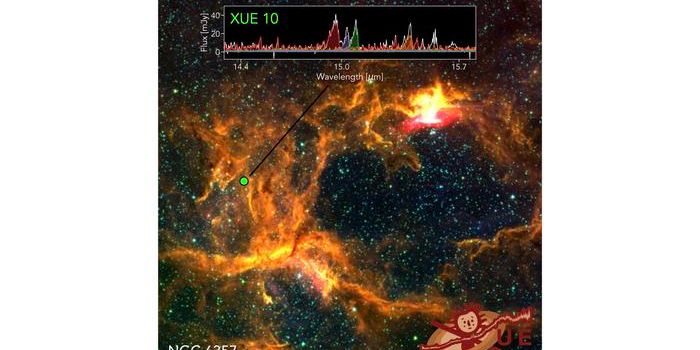NASA Unveils New Catalog of 126 Exoplanets
As exoplanets continue to be discovered on a regular basis, how do these worlds compare to the planets in our solar system? This is what a new catalog published today in The Astrophysical Journal hopes to address as a team of international scientists shared the masses of 126 exoplanets in the new TESS-Keck Survey (TKS) Mass Catalog. This new catalog holds the potential to help scientists and the public better understand the comparisons between the planets in our solar system and exoplanets throughout the Milky Way Galaxy.
“Relatively few of the previously known exoplanets have a measurement of both the mass and the radius,” said Dr. Stephen Kane, who is a UC Riverside astrophysicist, principal investigator of the TESS-Keck Survey, and a co-author on the study. “The combination of these measurements tells us what the planets could be made of and how they formed. With this information, we can begin to answer questions about where our solar system fits into the grand tapestry of other planetary systems.”
Artist rendering of the 126 exoplanets that comprise the TESS-Keck Survey Catalog. (Credit: W. M. Keck Observatory/Adam Makarenko)
The catalog was built using over 13,000 radial velocity (RV) measurements over the course of three years, resulting in 120 confirmed exoplanets and six exoplanet candidates. Unlike the transit method, which observes exoplanets passing in front of their parent stars and measures the dip in starlight during these transits, the RV method measures the small gravitational tug of the parent star as the exoplanet orbits it. In the end, the new catalog provides astronomers with a diverse range of exoplanets to study in the coming years that could provide new insights into their formation and evolution.
“Are we unusual? The jury is still out on that one, but our new mass catalog represents a major step toward answering that question,” said Dr. Kane.
How will the TESS-Keck Survey Mass Catalog help astronomers learn more about exoplanets in the coming years and decades? Only time will tell, and this is why we science!
As always, keep doing science & keep looking up!
Sources: The Astrophysical Journal, EurekAlert!, UC Riverside









